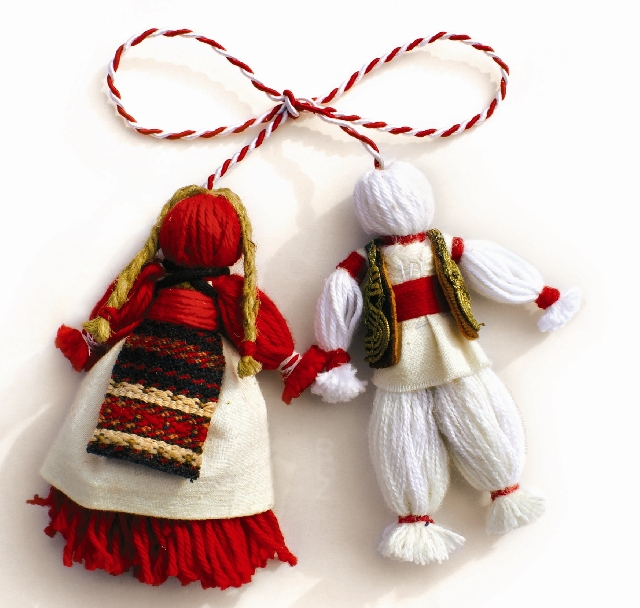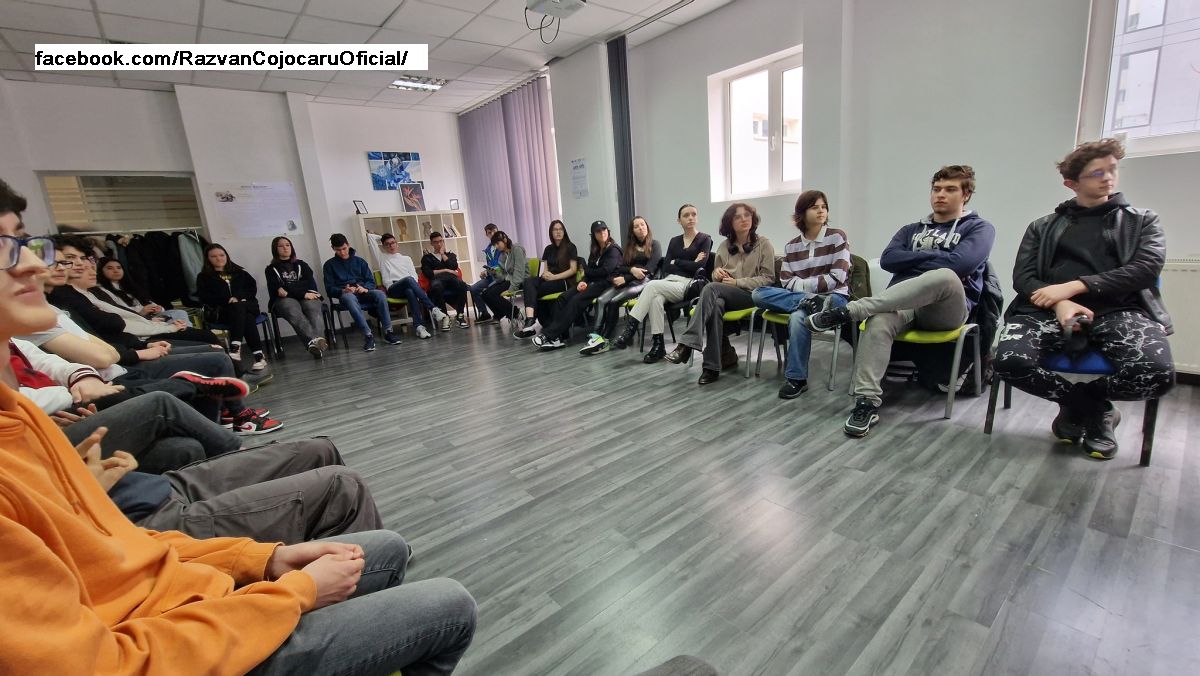Traditions in the Romanian space
The March Amulet tradition revisited

Ana-Maria Cononovici, 03.03.2020, 13:00
The Dimitrie Gusti National Village Museum in
Bucharest, this year as well, invites children to discover the traditions of the
Romanian space. Therefore, every weekend starting from mid February until mid
March, the workshops on the ‘village lanes’ are waiting for children to
discover alongside genuine folk artists the ways in which the symbols of spring
used to be manufactured: dolls, decorations, toys and of course the March
amulets or martisoare.
Ethnologist and researcher with the
Village Museum in Bucharest Lia Cosma:
The celebrations of spring start with
Dragobete, on February 24, and at this time of year, we always recollect what
used to happen in traditional communities. Here at the Village Museum we want
to recreate the atmosphere of the past, so we bring folk artists and people who
still preserve the traditions and customs related to the spring rituals. Dragobete
is gone now, but children have come and discovered the customs observed mainly
in the south of Romania. They participated in workshops in which folk artists
and fine artists showed them how to manufacture various objects from
traditional materials such as wool yarn. In March we’ll have workshops devoted
to the legendary Old Lady Dochia, the wicked and ugly old lady who, from March
1 to 9, will try to delay the coming of the spring season.
Lia Cosma also told us that the March amulet was
initially made from two woven threads, white and red, or white and black in
earlier times, which represent light and darkness, power and gentleness, the good
and the evil. Later a small coin was added to the March amulet, symbolizing the
Sun which always brings light and heat:
Lia Cosma:
According to
tradition, the March Amulet was offered to the lads by the girls mainly in
Moldavia, while the lads offered the March Amulet to the girls elsewhere around
the country. The custom is replete with symbolical and protection qualities.
And that, because people wore it as a necklace or at the wrist, while in two
weeks’ time or even after a month, in some regions, the March Amulets were
placed in tree branches, they were even hung on animals’ horns or at the roof
beam of the stables, precisely because their role was to avert the ever darker
side of winter and attract welfare and well being. Also used in other Balkan
countries, in Bulgaria, in Albania, the March Amulet was included in UNESCO’s
world immaterial heritage list, in 2017, so it had its recognition thanks to
its significance, thanks to its beauty and especially because of its ancestral
tradition.
Dr Lia Cosma, doing research in ethnology with the
Village Museum in Bucharest told us what exactly children learned in the
workshops held in early spring.
Lia Cosma:
This time children learned how
threads were made, how to manufacture the little coins, which in the past were made
of gold or silver, reminding everyone of the old-time tradition. There were
workshops with little flowers, with snowdrops, with little seams, with traditional
adornment drawing a great many children, there have been times when the Village
Museum couldn’t cope with the demands from parents, keen on orienting their
children towards things that belong to our people from time immemorial.
Apart from the workshops for children or for parents
and children, the Village Museum has other surprises in store.
Lia Cosma:
The museum located at the Promenade
these very days plays host to the March Amulet Fair, where a great many artists
chose to meet, some of them observing the tradition proper, others choosing
other sources of inspiration, yet always sticking to the theme of the March
amulet. The snowdrop is a recurrent presence, this symbol of spring can be
found in ceramics, in weaving patterns, in knitting, it can even be found in
little wooden items. It is a real joy for those working on it.
Lia Cosma also told us that despite the wide variety
of March Amulets available on the market in recent years, the most successful
ones are still the traditional March Amulets, thanks to their elegance, finesse
and simplicity.
The Dimitrie Gusti National Village Museum in
Bucharest marks every passage of the year through specific events, so Lia Cosma
announced us the Easter and Palm Sunday workshops were being prepared, with
children learning to paint eggs and icons.






























